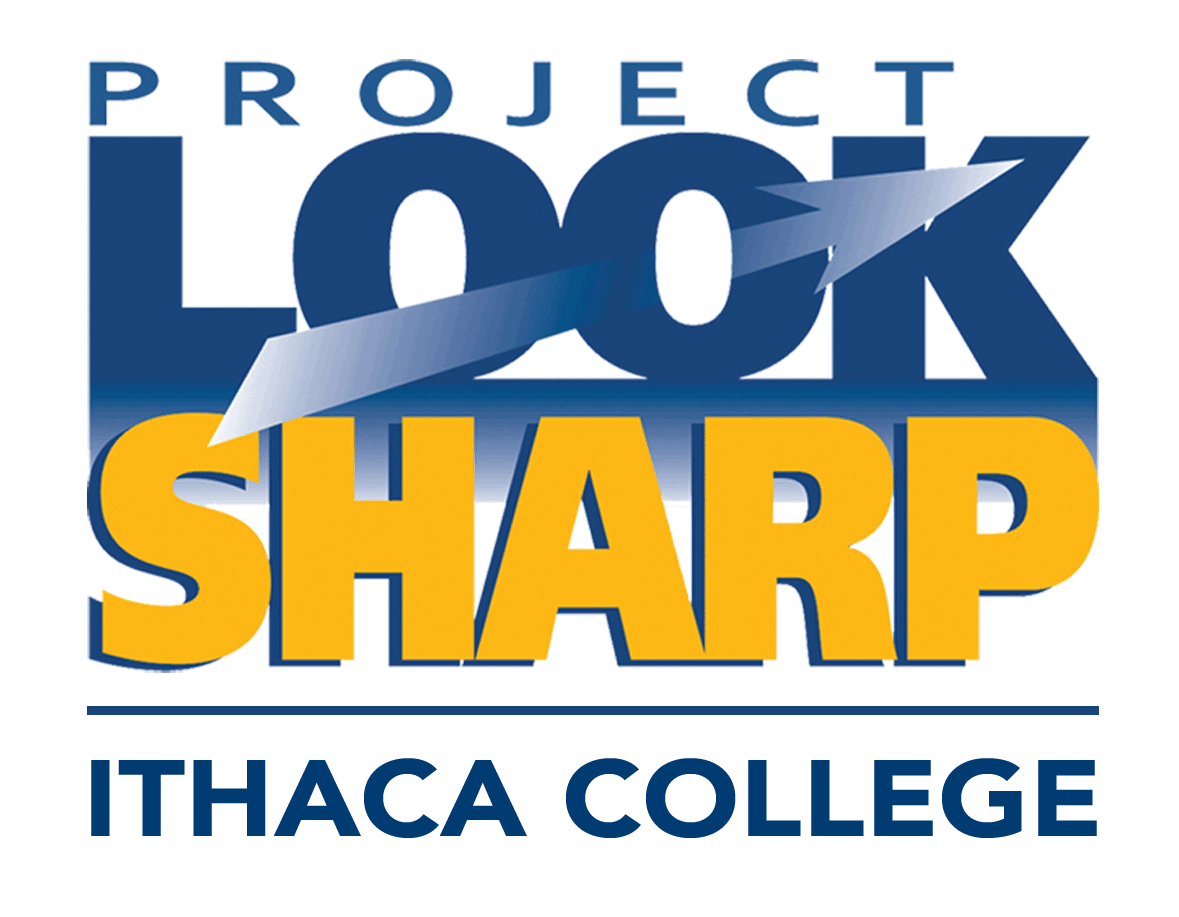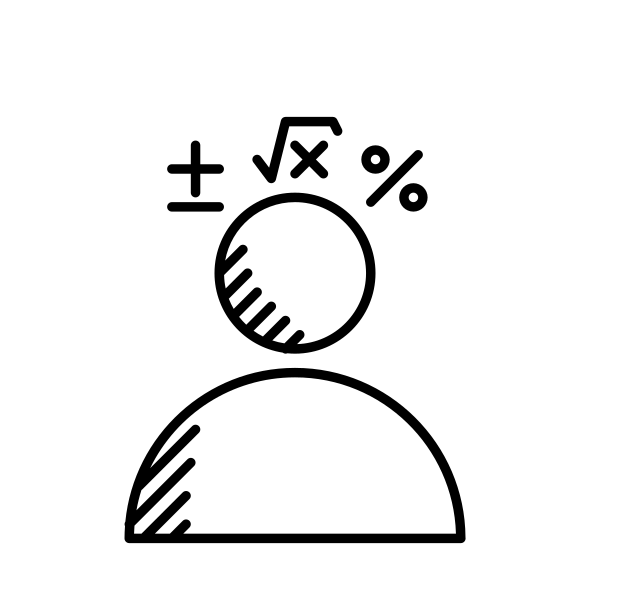Your Search Results (28) sorted by newest
Bias in Charts: Temperature and Climate Change
Students analyze a chart from NASA and a tweet from the National Review for messages about climate change and bias in media construction of charts.
15-30 Minutes
Social Media & Trigonometry: What's the Best Explanation?
Students analyze a YouTube video, an Instagram post and a TikTok video for messages about trigonometric functions and about the effectiveness of social media videos to learn and teach math.
15-30 Minutes
Bias in Charts: Race, Gender, Education, and Income
Students analyze charts from the New York Times and a blog post for messages about income related to race and gender and about credibility and bias in media construction of charts.
30-60 Minutes
Graphing the Vote: Age, Gender, and Time
Students will tell the stories behind political graphs by: analyzing graphs about generational voting, asking questions about the sourcing and target audience, and reflecting on patterns in youth voting. This lesson has the potential to promote polarization. See the advice in the lesson plan.
30-60 Minutes
How Big is the Crowd? Proportional Reasoning and Critical Thinking
Students use mathematical reasoning to evaluate claims about crowd size for President Trump’s 2016 inauguration, and reflect on confirmation bias when assessing truth claims in the media.
30-60 Minutes
Good Data - Bad Feelings: Graphing Economics, Public Opinion and Media Coverage
Students analyze graphs and media analysis for messages about the relationship between media reporting on the economy and public opinion.
Over 60 Minutes
Flags: Geometry, Algebra and Cultural Context
This math and/or social studies lesson has students analyze flags from around the world, to understand aspect ratio, flag design and historical context.
30-60 Minutes
Charting Media Coverage of War: Israel/Palestine
Students analyze charts with text excerpts from articles for messages about bias in media coverage of the Israel Hamas war, to analyze the bias in the construction of the charts, and to reflect on their own interpretations.
30-60 Minutes
Math, Media, and Me
Students analyze web videos and feature film clips for messages about how mathematicians solve complex problems, our own reactions to math, and media portrayals of math problem solving.
15-30 Minutes
Mr. Rogers: What Do We Do When Our Feelings Are Hurt?
In this media literacy activity students analyze clips from a documentary film and a feature film about Mr. Rogers for messages about storytelling in film and about how to deal with difficult feelings.
15-30 Minutes
How Do We Identify Good Sustainability Stories? (Upper Elementary)
Media literacy and critical thinking lesson analyzing videos to discern messages about how videos can tell stories to inform and engage the public about sustainability issues and initiatives.
This lesson is part of a "kit" or collection of media decoding lessons on a particular topic. You can explore that kit using the link below:
Unit: ProductionKit: Media Constructions of Sustainability: Upper Elementary
Over 60 Minutes
Zero: Who Invented It and How Do We Know?
Students analyze short videos for messages about zero, when and where it was invented, the credibility and point of view of information, and about the influence of culture on history.
15-30 Minutes
COVID-19 & Climate Change: Graphing the Connection
In this media literacy activity students analyze online graphs and text for messages about the connections between the COVID-19 pandemic and climate change.
30-60 Minutes
Changing Our Media Habits: The Impact of the Pandemic
In this media literacy activity students analyze charts, graphs and illustrations for messages about media consumption changes as a result of the COVID-19 pandemic.
30-60 Minutes
Comparing Renewables: U.S. vs. Global Energy Use
Media literacy and critical thinking activity in which students decode graphs for messages about how the use of renewable energy sources can help to reduce human vulnerability to climate change.
This lesson is part of a "kit" or collection of media decoding lessons on a particular topic. You can explore that kit using the link below:
Playlist: Global StudiesUnit: Energy Sources
Kit: Media Constructions of Sustainability: Middle School
30-60 Minutes
Drought & Farming: Thirsty Crops
Media literacy and critical thinking activity in which students decode web pages and graphs for messages about how agricultural demands for irrigation impact freshwater resources during times of drought.
This lesson is part of a "kit" or collection of media decoding lessons on a particular topic. You can explore that kit using the link below:
Playlist: Climate ChangeUnit: Climate Change & Water
Kit: Media Constructions of Sustainability: Middle School
15-30 Minutes
Heroes for Animal Protection
Media literacy and critical thinking lesson analyzing a book and video about songbird steward Rachel Carson and composing a social message about being an animal steward.
This lesson is part of a "kit" or collection of media decoding lessons on a particular topic. You can explore that kit using the link below:
Unit: Animals (lower elementary)Kit: Media Constructions of Sustainability: Lower Elementary
Over 60 Minutes
Heroes for Plant Protection
Media literacy and critical thinking lesson analyzing a book and video about tree steward Wangari Maathai and composing a social message about being a plant steward.
This lesson is part of a "kit" or collection of media decoding lessons on a particular topic. You can explore that kit using the link below:
Playlist: English Language ArtsUnit: Plants (lower elementary)
Kit: Media Constructions of Sustainability: Lower Elementary
Over 60 Minutes
Heroes for Water Protection
Media literacy and critical thinking lesson analyzing a book and video about water steward Marion Stoddart and composing a social message about being a water steward.
This lesson is part of a "kit" or collection of media decoding lessons on a particular topic. You can explore that kit using the link below:
Unit: Water (lower elementary)Kit: Media Constructions of Sustainability: Lower Elementary
Over 60 Minutes
How Do We Decide How Much To Eat And Drink?
Media literacy and critical thinking lesson analyzing web pages and food diagrams to discern messages about food servings.
This lesson is part of a "kit" or collection of media decoding lessons on a particular topic. You can explore that kit using the link below:
Unit: Food ChoicesKit: Media Constructions of Sustainability: Upper Elementary
Over 60 Minutes








.png)











